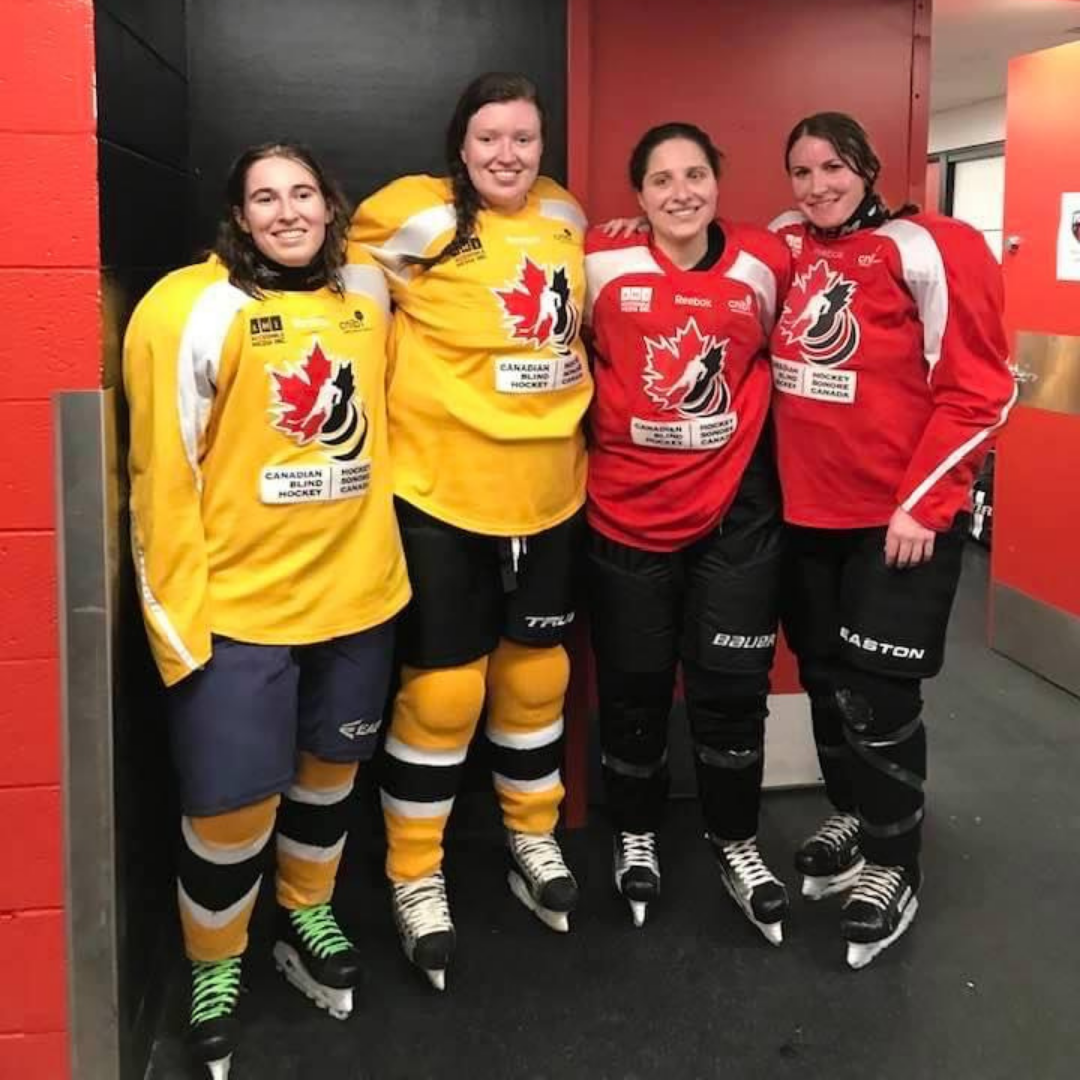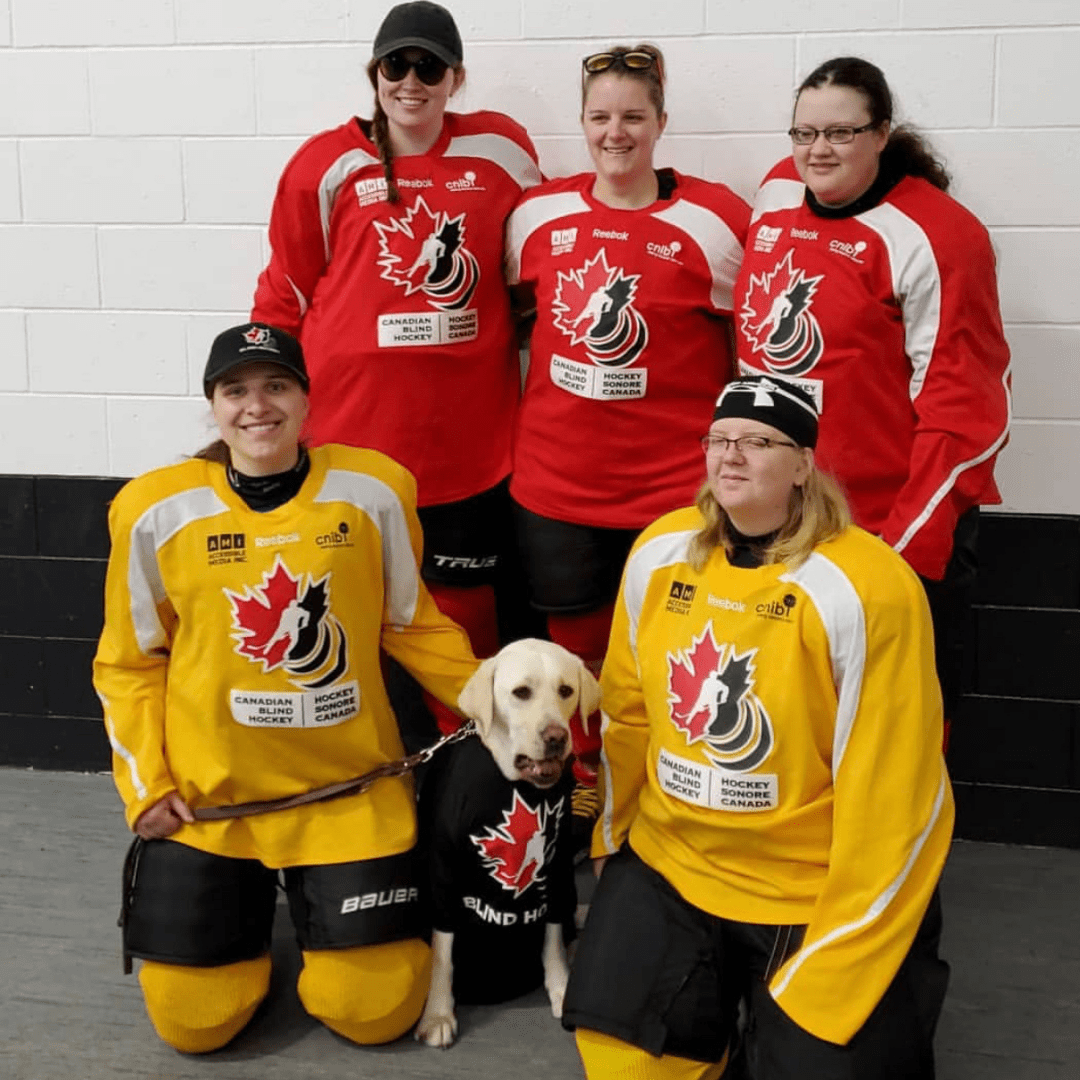
Everyone should have the right to play hockey no matter what. But what if you are blind? There is a discipline of hockey called blind hockey that adjusts the sport to make it more accessible for those that can’t see as well.
Now that the sport has grown in the last couple of years, the Canadian Blind Hockey Association is ready for their first Girls and Women’s Blind Hockey Summit in Toronto.
Laura Mark has been the Girls and Women’s Blind Hockey Coordinator for the CBHA for just over a year, and is helping to lead their first summit dedicated to women.
“When I first started going to blind hockey tournaments in 2014, there would be around six women in attendance,” Mark said. “We currently have 26 women registered for the summit.”
The summit will start on Thursday, March 24 and will go on until the end of day Friday. There will be different activities for the women who attend, which includes a tour of the Hockey Hall of Fame, a dinner together, and of course, the first-ever women’s blind hockey match in the history of Canada.

Mark believes that giving a space for women to compete will help grow the sport in Canada. “Some of the men that play in our leagues are former major junior players who just lost their sight. We wanted to create a space where women, from talented players to players who are stepping on the ice for the first time, have an opportunity to try out the sport.”
Blind hockey is usually done in a co-ed setting. Women and men have competed against one another for most of the tournaments. However, when it’s time for national competition against the United States, the only other nation who has a stable blind hockey national program, the room is almost exclusively men.
It’s a pattern in para sports. Even in para hockey. The current Winter Paralympics does have an open category for the para hockey event, but even if women are allowed to compete, it’s almost an exclusive club for men to compete.
There is little exposure for women to see other women play any discipline in para hockey. That is why events like this are important. Mark was one of the first women to play the sport, and now that she is the coordinator for women’s blind hockey, she is now taking the first steps for many athletes to enter the sport.
“It’s a little nerve racking,” Mark explained. “But you see all the success of women’s hockey and all the amazing people in the blind hockey community, and I believe that with a little work, we will have a successful event.”
Blind hockey has been growing internationally for the past few years. It has been developing in other hockey nations such as Finland and Sweden, while even Australia is looking to develop the sport. There are hopes that Canada and the United States won’t be the only nations to square off in the near future.
The sport also made a recent change, where goaltenders would have to blindfold themselves to make sure every backstop is on a fair playing field.
Sometimes the world will try to limit you, but with Mark and the team fostered at CBHA, the limits are becoming more possible.